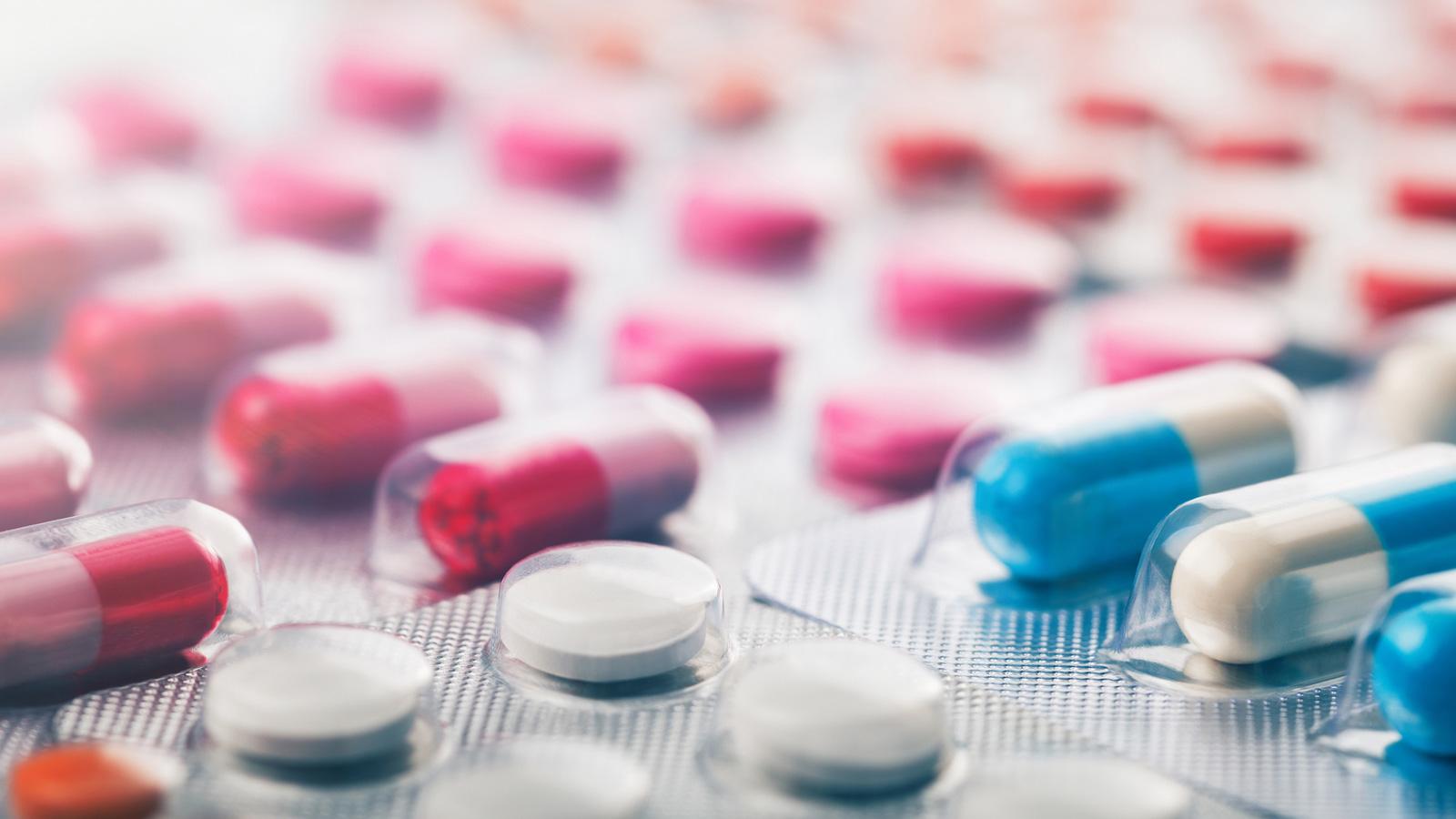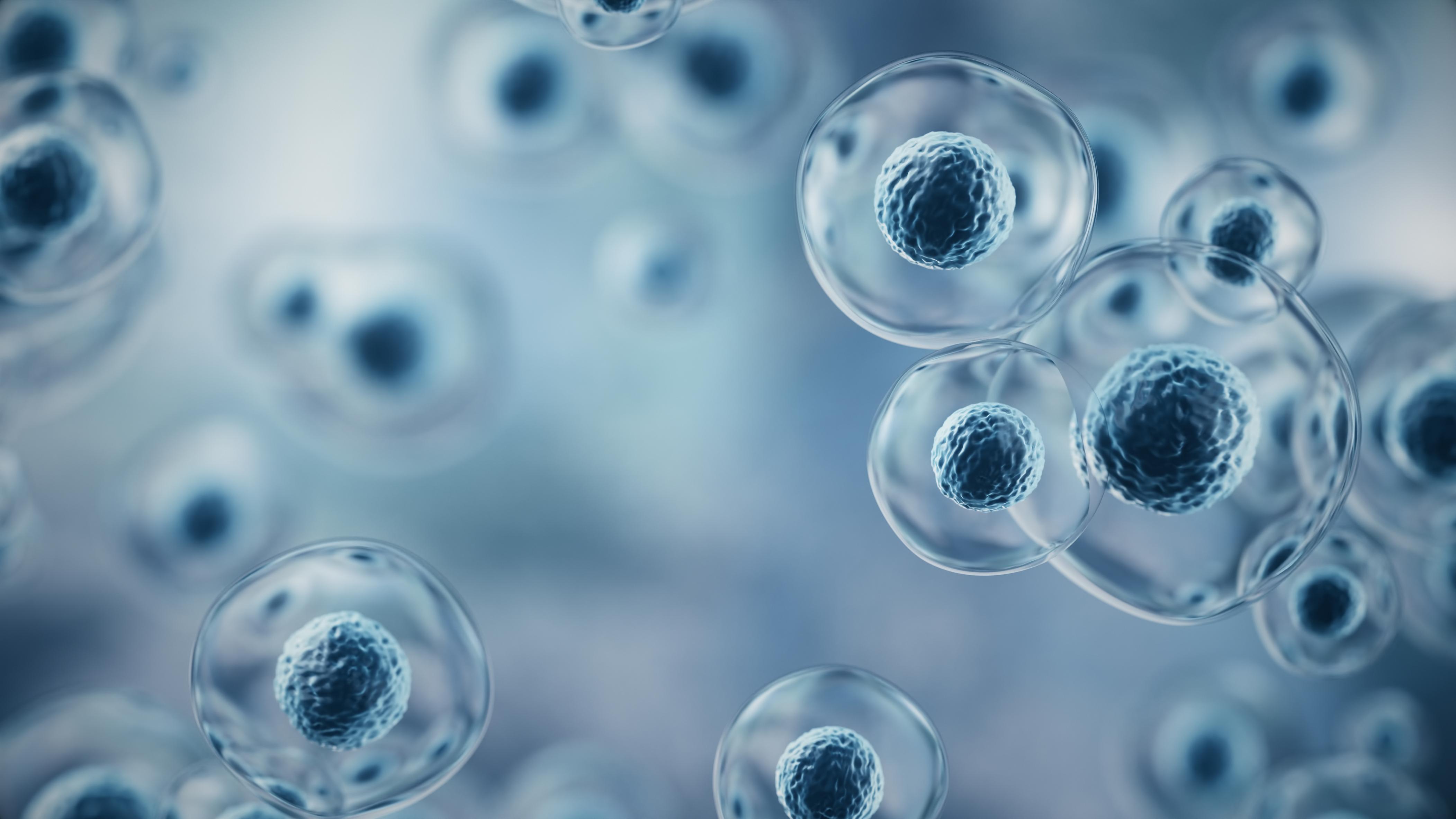Is the future of pharmaceutical drugs in the delivery?

Pharmaceutical drugs have seen a seismic shift over the past ten years, moving away from chemically synthesised drugs to focus more on a new class of biological drugs (biologics).
Biologics have the potential to revolutionise the treatment of many common conditions that significantly affect millions of lives, such as rheumatoid arthritis, diabetes, autoimmune diseases, and certain cancers. Six out of the past ten new FDA-approved drugs have been biologics, showing the size of the shift.
Yet, biologics are, by nature, more fragile. In order to facilitate the mass adoption of these new biological drugs, the industry needs to find safe, effective, and cost-efficient ways to deliver them.
Challenges with delivering biological drugs
The previous generation of chemically synthesised drugs are pretty much one-size-fits-all. Drugs like paracetamol work for the majority of people in safe doses, they come in stable pill form, and it is difficult to accidentally overdose. Overall, they are safe to self-administer, and relatively effective and cheap to produce, transport, and sell.
Biological drugs, on the other hand, are very different in terms of properties and formulations. They are much more complicated, specific, and targeted, meaning greater efficacy and fewer side effects. Yet, this also means they tend to be more vulnerable and more potent.
Most biological drugs need to be stored in refrigerated units at exact temperature ranges to keep them stable. They also need to be administered in very specific doses tailored to the individual and usually injected intravenously. As such, they tend to be stored, handled, and administered in hospitals, health centres, and GP surgeries, complicating the delivery of these medications.
Not only does this make it much more expensive to deliver these biological drugs, but it also makes it harder to transport and store, especially in countries without reliable refrigeration or power, making global adoption of these drugs much more difficult.
These key challenges are holding the pharmaceutical industry back. Biological drugs are often far more effective, have fewer unwanted side effects and can be used to manage or cure a wide range of otherwise life-threatening illnesses.
If we can solve the challenge of storing, transporting, and delivering new biological drugs in a safe, effective, and also cost-effective way, we will unlock a new and exciting future for the medical and pharmaceutical world.
Exciting advancements in drug delivery
There are two particularly promising advancements currently being explored that could revolutionise biological drug delivery: liquid-based delivery and inhalation.
Liquid-based delivery systems
One common way to deliver synthetic drugs is via the gut (the buccal system). Over the years, the pharmaceutical industry has developed reliable ways to transport drugs to the gut without being damaged by stomach acid. The main difficulty with biological drugs, however, is that they tend to be much larger compounds, which are harder to absorb in the gut.
One approach being developed by Max Bio+, for example, is to use a combination of polymers and lipids to create a liquid-based delivery system for biological drugs. This composite system creates nanostructures that hold and disperse biologics in an aqueous solution, such as water. The result is the creation of nano-particulates that can permeate across multiple cell layers into the bloodstream via the buccal route (gut). What’s more, this combination of polymers and lipids has been found to create a synergistic effect with biological drugs, increasing their potency.
The application of this approach could be broad, offering a stable oral liquid form of important drugs, such as insulin. So, rather than diabetics needing to inject insulin several times a day, they could simply drink a shot of insulin when required. Other applications could also include drugs that are otherwise insoluble in water, such as CBD, which binds to fats and is often found as oils, lending itself to CBD-based drinks and foods.
Inhalation delivery systems
Another particularly interesting area of biological drug delivery is inhalation systems. Inhalers for conditions like asthma have been around for years. However, formulating drugs for inhalers typically requires a lot of energy and, therefore, heat as well as solvents. While this isn’t a problem for most synthetic drugs, biological drugs are much more sensitive to heat and solvents. As a result, traditional inhalation manufacturing methods don’t lend themselves to formulating biologics drugs.
Additionally, the majority of inhalation drugs are low-dose compounds, making it easier to reliably measure and deliver the correct dose into the lungs. For more potent or high-dose drugs, it can be a challenge to ensure that the right dose is delivered and, importantly, absorbed in the lungs. If the molecule is too light, it will simply be exhaled; if it’s too heavy, it might not be absorbed.
An interesting approach being developed by Aston Particle Technologies, for instance, uses isothermal dry particle coating technology to blend potent and high-dose biologics into inhalation formulas at ambient temperatures. No additional heat and no solvents are required, making it a good candidate for delivering biologics via inhalers.
The approach is also simpler than other methods of formulating high-dose drugs as it doesn’t require a complex multi-stage process, helping accelerate drug development and route to market timelines, while reducing costs. The fact that it doesn’t use excessive energy or solvents means it is also more environmentally friendly as well.
The future of drug delivery
We are on the cusp of a transformative wave of biological drugs that will improve lives throughout the world. Some of these drugs, such as insulin, have already made huge differences in the quality and length of life for millions of people. The advancement of these types of drugs could lead to the easy and effective management of a wide range of illnesses.
By advancing the delivery of these biological drugs, we can make it safer, easier, and cheaper to transport, handle, and store these drugs. Rather than going to a hospital or requiring daily injections, patients will be able to drink, eat, or inhale their medication.
In the wake of the COVID pandemic, we have understood how important it is to find quicker and easier ways to vaccinate large groups of people. As biologics, vaccines can benefit from these new delivery systems, allowing rapid distribution of vaccines as liquids or inhalers, for example.
It is exciting to think of how biologics will transform people’s lives over the next decade and beyond, with the potential to cure or manage debilitating and life-threatening illnesses. The key to this transformation, however, lies in delivery. Safe, effective, cost-efficient delivery will allow everyone to participate in this medical revolution, helping end suffering across the world. That is the future we should all be working towards.












